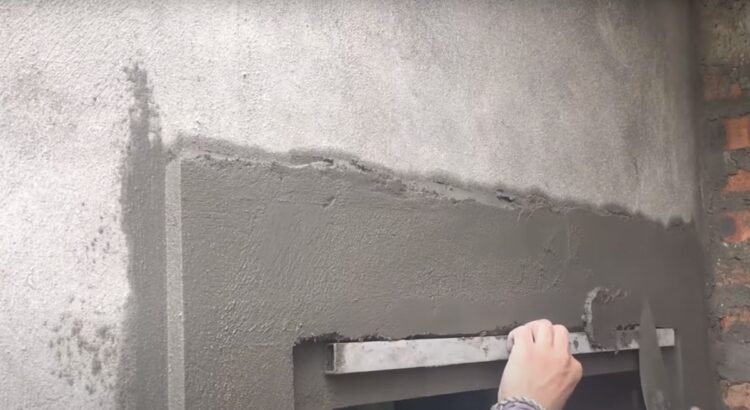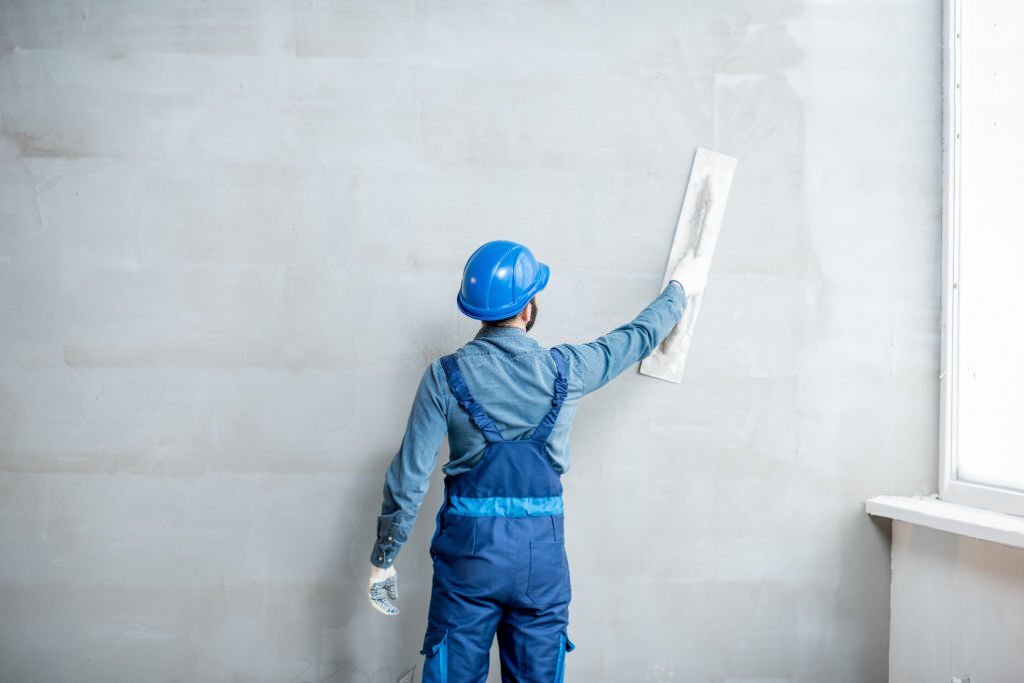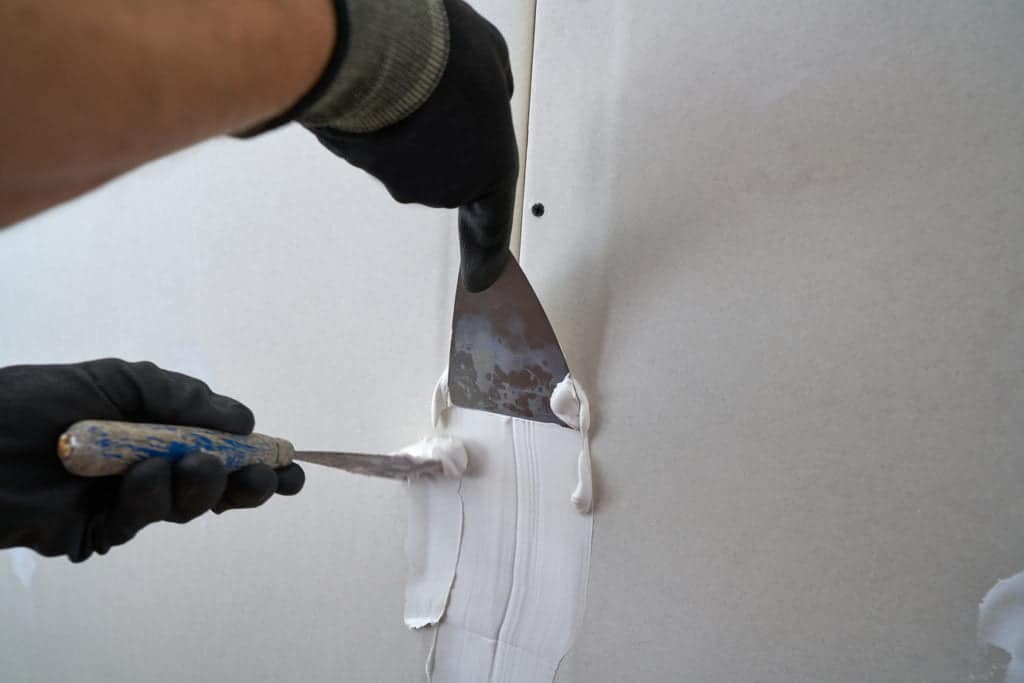Determining GIB Plasterboard’s Weight Capacity
GIB plasterboard, often just referred to as GIB in New Zealand, is a prevalent choice for interior wall linings and ceilings. It offers not just a smooth finish but also a solid substrate. But a question that’s often asked is regarding its weight-bearing capacity: Can GIB plasterboard support 20kg?
The Core Capacity of GIB Plasterboard
At its essence, GIB plasterboard is constructed from a gypsum core sandwiched between paper liners. This core is inherently strong, but not designed to bear significant weight without additional support. While plasterboard can manage light fixtures, for anything weightier, especially up to the 20kg mark, it’s essential to anchor the weight to the wall studs or ceiling joists, not just the board itself.
Factors Influencing Weight Support
- Type of Fixing Used: The choice of fixing can determine the weight that a plasterboard can hold. Using appropriate wall plugs and anchors designed for plasterboard can increase its holding capacity.
- Spacing of the Studs: Standard stud spacing in Auckland homes is either 400mm or 600mm apart. The closer the studs, the more distributed the weight becomes, which can enhance the holding capacity of the plasterboard.
- Thickness of the Plasterboard: Thicker plasterboards, like those often used in commercial settings, have a naturally higher weight-bearing capacity than their thinner counterparts.
Suburb-specific Considerations in Auckland
Auckland’s diverse range of housing styles, especially in suburbs like Mount Eden with its historic villas, compared to the modern homes of Botany Downs, means that the underlying structure and age of the studs can differ. In older homes, the spacing, condition, and type of studs (native timber vs. newer materials) can impact the weight that plasterboard can safely support. This variability makes it essential to get an expert’s opinion on your plasterboard installation and fixing needs.
Navigating Auckland’s Bylaws
Specific bylaws in Auckland, particularly under the Auckland Unitary Plan, dictate certain requirements around building and renovations. While gib stopping and gib fixing might seem straightforward, you might encounter complications, especially if walls are being moved or significant structural changes are undertaken. Ensuring that any modifications meet the Council’s guidelines, especially in heritage zones, is crucial. A professional GIB fixing contractor will not only know the ins and outs of these codes but ensure your renovation is compliant.
Choosing the Right GIB Plasterboard: A Comparative Table
| Type of Plasterboard | Holding Capacity | Best Use Case | Pros | Cons |
| Standard GIB | Light Fixtures Only | General walls & ceilings | Cost-effective; versatile | Limited weight support without anchors |
| Sound Stop GIB | Moderate Weight | Walls needing sound insulation | Added soundproofing | Slightly more expensive; still requires anchors for heavy items |
| Fire Stop GIB | Moderate Weight | Walls requiring fire resistance | Enhanced fire resistance | Premium price point |
Engaging a Professional for Gib Stopping and Fixing
While DIY is tempting, the technicalities of gib stopping and gib fixing require expertise. From ensuring a smooth finish to guaranteeing the plasterboard can bear the weight of fixtures or decorations, professionals bring in-depth knowledge and skill. Given the nuances in Auckland housing, especially with suburb-specific quirks, it’s wise to trust a contractor who knows the landscape, literally and figuratively.
Conclusion
To sum it up, while GIB plasterboard has its strengths, when it comes to holding significant weight like 20kg, you need to delve deeper and look beyond the board itself. Auckland’s diverse housing scene, coupled with stringent bylaws, makes the case even stronger for engaging a professional. Your home’s integrity, safety, and aesthetics deserve nothing less than expert handling.
Frequently Asked Questions: GIB Plasterboard
How much weight can a standard GIB plasterboard hold?
While a GIB plasterboard can support light fixtures on its own, for heavier items nearing or exceeding 20kg, it’s essential to secure the weight to the wall studs or ceiling joists, not just the board.
Are there different types of GIB plasterboards?
Yes, there are several types, including standard GIB, Sound Stop GIB for sound insulation, and Fire Stop GIB for enhanced fire resistance. Each type has its unique properties and weight-bearing capacities.
How do I know the spacing of the studs in my Auckland home?
Typically, stud spacing in Auckland homes is either 400mm or 600mm apart. However, this can vary, especially in older homes. It’s best to consult a professional or use a stud finder tool to determine the exact spacing.
Do I need special anchors or wall plugs for plasterboard installations?
Yes, when fixing heavier items, it’s recommended to use anchors or wall plugs specifically designed for plasterboard to ensure the weight is distributed and held securely.
Are there specific bylaws in Auckland that impact gib stopping or fixing?
Yes, particularly under the Auckland Unitary Plan, there are certain requirements around building and renovations. Especially in heritage zones or when making significant structural changes, it’s crucial to be aware of and adhere to these guidelines.
Key Insights on GIB Plasterboard
GIB’s Core Composition At its heart, GIB plasterboard comprises a gypsum core enclosed by paper liners, providing strength and a smooth finish suitable for interiors.
Weight Bearing Nuances Although GIB plasterboard can support lightweight items, for weights nearing 20kg, secure anchoring to wall studs or ceiling joists is essential.
Diversity in Plasterboard Types There are multiple GIB plasterboard variants, each catering to specific requirements, from soundproofing to fire resistance.
Suburb Variability in Auckland Given Auckland’s varied housing styles, plasterboard installations in suburbs like Mount Eden might differ from those in modern zones like Hobsonville.
The Importance of Bylaws Auckland’s bylaws, especially under the Auckland Unitary Plan, can significantly influence gib stopping and fixing processes, especially in heritage and specific zones.
The Value of Expertise Given the technical intricacies of gib stopping and fixing, plus the variance in Auckland’s housing structures, hiring a professional contractor ensures safety and compliance.
Stud Spacing Significance The standard stud spacing in Auckland homes plays a pivotal role in weight distribution on plasterboards, with typical spacings being 400mm or 600mm apart.



